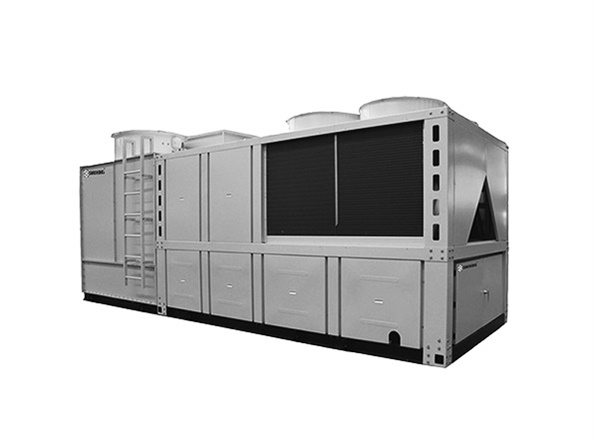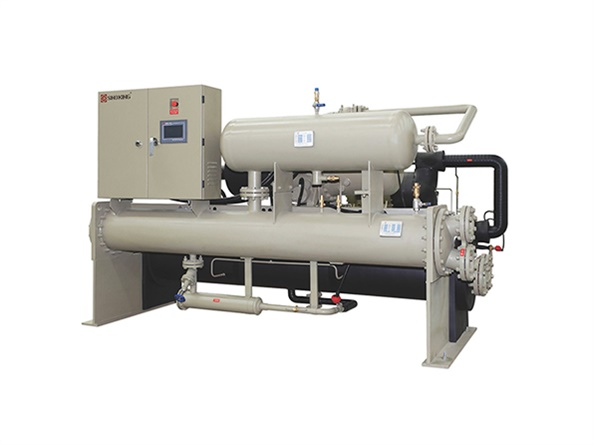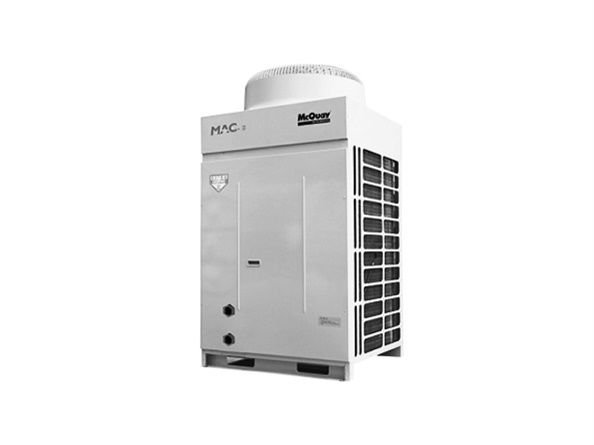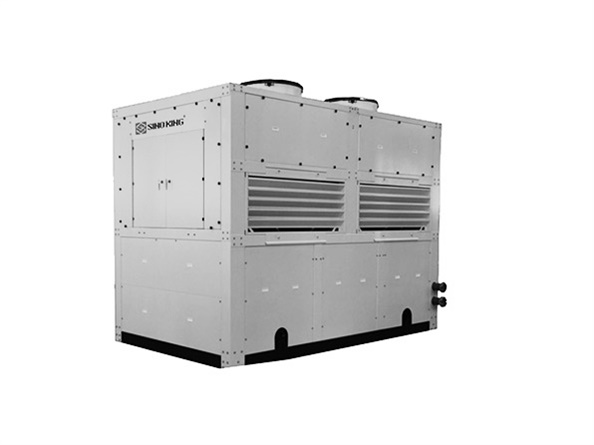Sludge floating, dissolved oxygen low look here!
1. Understand the secondary sedimentation tank
The secondary sedimentation tank is also called the secondary sedimentation tank, which is an important part of the activated sludge system. In sewage treatment, after the sewage has undergone biological treatment, it must enter the secondary sedimentation tank for mud water separation, and the clarified treated water can only be discharged. (The main function of the secondary sedimentation tank is to separate the sludge, so that the mixed liquid can be clarified, concentrated and refluxed.)
2, the working principle of the secondary sedimentation tank
The principle of the secondary sedimentation tank is that the flocculated suspension forms an arc-shaped material in the form of overall precipitation during the precipitation process, and uses the principle of stratified precipitation and compressed precipitation to form a more obvious solid-liquid interface.
3, the structure of the second sedimentation tank
The structure of the second sedimentation tank usually includes two circles, the inner ring is the inlet sedimentation area, the outer ring is the supernatant collection area, and also includes a mud scraper, the main body of the mud scraper is arranged in the center of the inner ring.
4, the classification of the second sedimentation tank
The second sedimentation tank is divided into circular radial flow sedimentation tank, advection sedimentation tank, vertical flow sedimentation tank, inclined plate sedimentation tank and so on according to the type.
In principle, the horizontal flow sedimentation tank used for the initial sedimentation tank, the radial flow sedimentation tank and the vertical flow sedimentation tank can be used as a secondary sedimentation tank. Large and medium-sized sewage treatment plants mostly use circular radial sedimentation tanks with mechanical suction mud, medium-sized ones also use multi-bucket advection sedimentation tanks, and small ones use vertical flow tanks.
 Rapid removal of total phosphorus from urban domestic wastew
Rapid removal of total phosphorus from urban domestic wastew
 One minute! Take you to understand electroplating wastewater
One minute! Take you to understand electroplating wastewater
 33 commonly used knowledge points for wastewater treatment
33 commonly used knowledge points for wastewater treatment
 Emergency measures for "total phosphorus exceeding standard"
Emergency measures for "total phosphorus exceeding standard"


